How Ukraine’s strategy is running circles around Russia’s lumbering military
Kyiv’s clever military operations and agile battlefield decision-making are exploiting the incompetence of Putin’s forces.
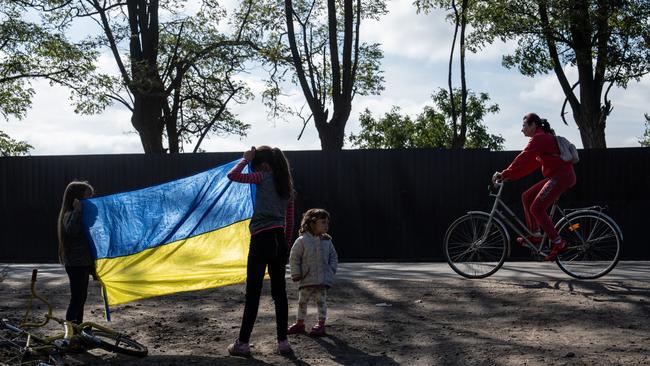
Eight months into Ukraine’s war with Russia, its emerging strategy is combining classic military operations with opportunism on the battlefield to exploit the incompetence of Russian forces – and is changing the course of the battle.
Ukraine’s command structure encourages junior officers to make in-the-moment battlefield decisions, an authority that they have used to seize opportunities and quickly take advantage of enemy weaknesses.
Russians, by contrast, have been slowed by a Soviet-era decision-making structure, in which orders trickle down the chain of command from Moscow, and troops at the front lines take little initiative.
In weeks, Ukraine has cleared Russian forces from thousands of square kilometres in the Kharkiv region of the country’s northeast. Its forces are now advancing south toward the occupied city of Kherson, a regional capital.
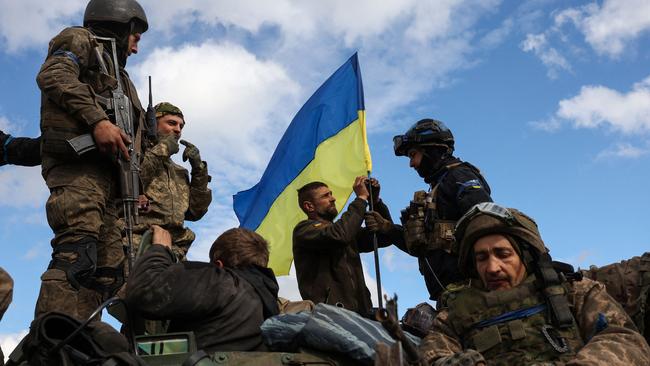
Rather than directly engaging with the grinding artillery exchanges and tank battles that Russia favors, Ukraine has sought instead to surround Russian forces and cut off supply lines. It has effectively integrated Soviet-era equipment with long-range precision Western artillery and rocket systems to starve its enemy of fuel, ammunition and other supplies.
A Russian-built bridge to Crimea critical to supplying Russian forces on the peninsula was seriously damaged in an explosion Saturday that Moscow has blamed on Ukraine. Russian President Vladimir Putin said Monday he would strike back, hours after his forces launched a barrage of missiles hitting civilians and energy infrastructure in Kyiv and other cities. Russia has denied targeting civilian residential infrastructure.
Mr Putin has responded to the battlefield setbacks with a politically risky military draft of hundreds of thousands of civilians and appears to be digging in for a long campaign.
While Moscow retains a large proportion of its gains from the war’s early days, and nobody knows how the conflict will end, Western military historians say Ukraine’s battlefield successes will be long studied. They cite parallels to classic military strategies used in major conflicts over the past century.
The Ukrainian advances in the east and the south of the country looked like separate operations but in retrospect they appear to be part of a coordinated plan. “I see them as part of a whole,” said Phillips O’Brien, professor of strategic studies at the University of St Andrews in Scotland.
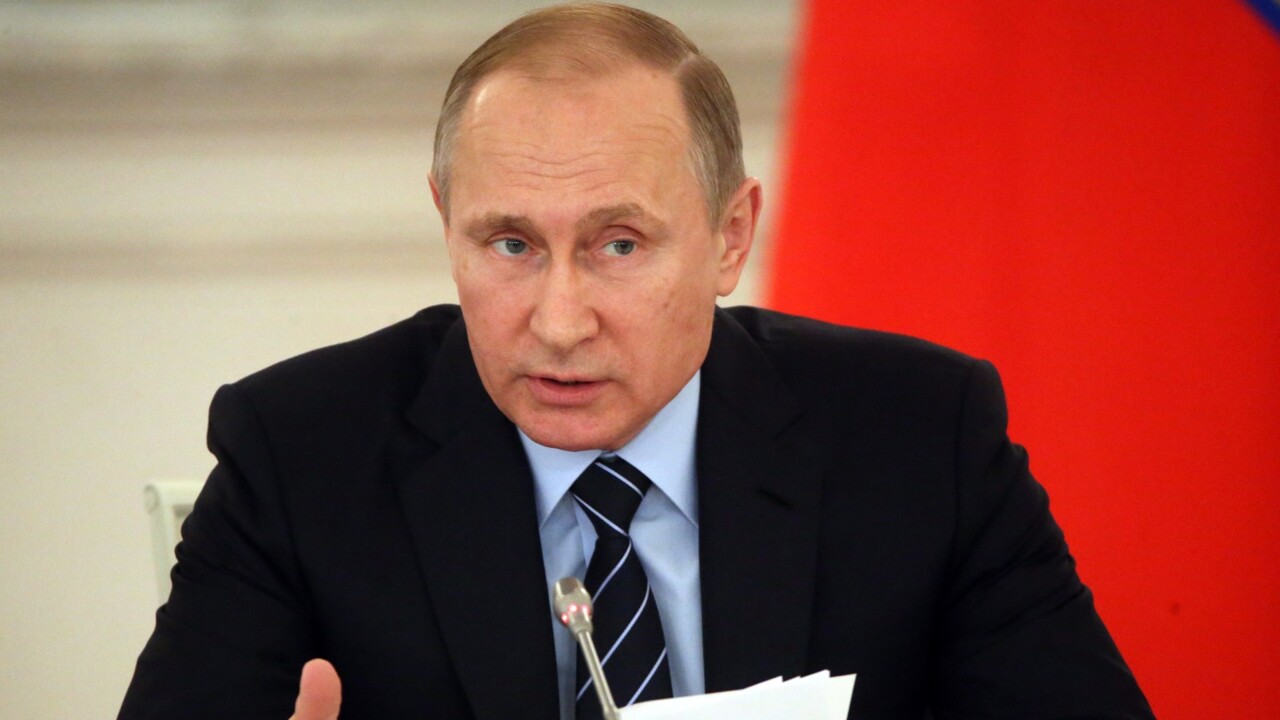
Ukraine telegraphed its plan to attack Kherson in the south as early as August. In response, Russia reinforced its southern front with thousands of its more experienced troops.
Moscow’s decision reflected the economic importance of the region, which controls access and water supplies to Russian-occupied Crimea. But moving its troops there meant depleting its forces in the east. The Kharkiv region was left with a single layer of defense, manned largely by poor-performing troops from Russian-controlled separatist enclaves nearby.
Ukrainian forces took advantage of those weakened defenses last month, launching a surprise advance in Kharkiv. Once Ukrainian forces succeeded in punching a hole in the line, they retook thousands of square kilometres of territory, and the Russians made a chaotic retreat.
The attack delivered a victory that boosted morale, as well as Ukraine’s standing among its Western allies.
The attack in Kharkiv was made possible by the Kherson operation, Mr O’Brien said.
Military historians say the rout of Russian forces on the Kharkiv front with a highly mobile force – known as maneuver warfare – echoes classic examples of the strategy in the 20th century.
François Heisbourg, defense adviser at the Paris-based Foundation for Strategic Research, likened the operation to German General Heinz Guderian’s crossing of the River Meuse in Belgium against French forces in May 1940. The move helped to open the rest of Belgium and northern France to a rapid advance by German armor.
Mr Heisbourg also cited Israeli Major General Ariel Sharon’s surprise move over the Suez Canal in the 1973 Yom Kippur war, which decisively shifted the war against Egypt and other Arab states in Israel’s favor.
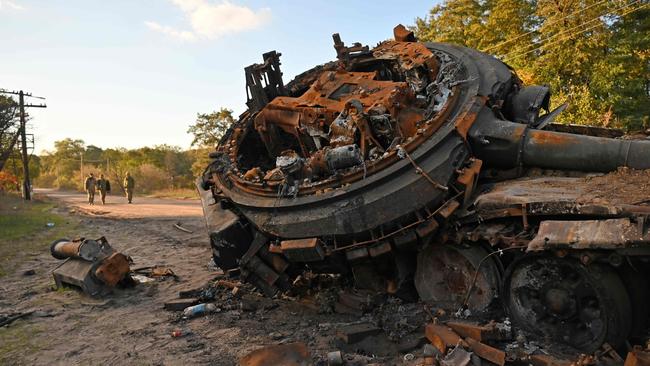
While Ukrainian forces moved quickly into Kharkiv, the Kherson front moved slowly. Facing a larger, better-performing force than in Kharkiv, Ukrainian troops over weeks wore down Russian resistance by striking supply depots and routes across bridges over the Dnipro River, cutting off thousands of Russian troops in and around Kherson.
Having secured a bridgehead onto the eastern bank of the Inhulets River in August, Ukrainian troops began this month to press down the western bank of the Dnipro, threatening a pincer movement around Russian forces and forcing a retreat.
Mick Ryan, a military strategist and retired major general in the Australian army, said Ukraine has sequenced its campaigns to great effect.
He described the Ukrainian strategy as one of corrosion, the hollowing out of the physical, moral and intellectual capacity of Russian forces to fight.
Ukraine has used “an indirect approach,” Mr Ryan said, which was first outlined by the 20th century British military strategist Basil Liddell-Hart. It seeks to change the balance of force “by draining the enemy’s force, weakening him by pricks instead of risking blows”. The approach capitalizes on surprise and nimble movement.
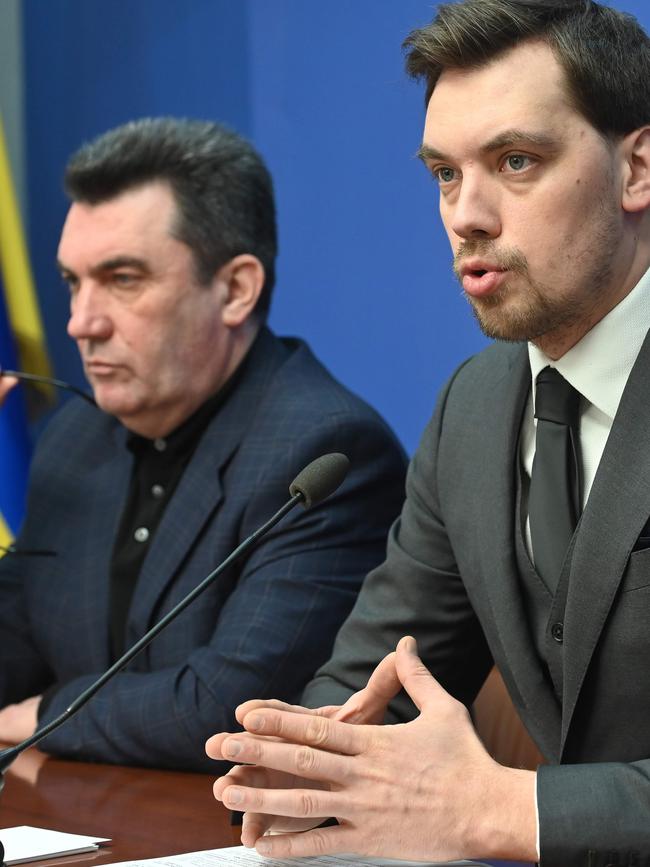
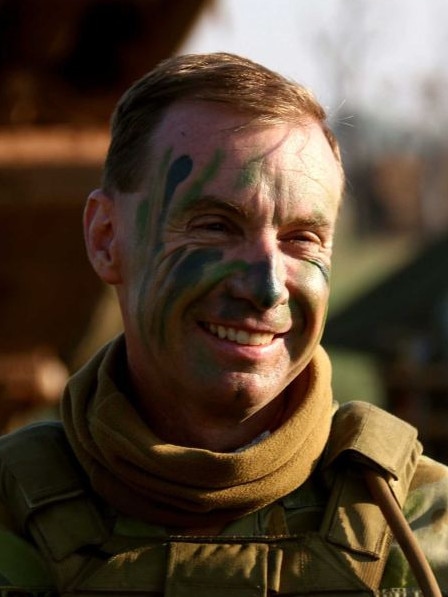
“Russians want attrition, they want formations clashing en masse – that’s where they’re used to having the advantage,” said John Spencer, chair of urban warfare studies at the Madison Policy Forum. “But the Ukrainians won’t give them that.” Oleksiy Danilov, secretary of Ukraine’s National Security and Defense Council, said Ukraine’s introduction from the West of a command-and-control model based on the North Atlantic Treaty Organization provided a competitive advantage. “A junior commanding officer has the ability to make decisions depending on the situation and takes responsibility for himself, for his soldiers and for the territory, ” he said.
Eliot Cohen, a military historian and strategist with the Center for Strategic and International Studies in Washington, said the Russians “are capable of making big decisions, but I wouldn’t call it an agile military, by a long shot.” Especially not compared with the Ukrainians, he said: “When they see opportunities, they’ll take them and, in war, there are always opportunities.” Modern tools of warfare critical to Ukraine include precision long-range artillery and rocket launchers provided by the US and other allies. Together with shared Western intelligence and drones, which help Ukrainian forces to see over the horizon, the advanced weapons, including Himars, have allowed Ukraine to hit supply lines, air-defenses and military bases far behind enemy lines.
The speed and mobility of Western military vehicles — including infantry fighting vehicles and personnel carriers – have given Ukrainian forces the upper hand in piercing Russian defensive lines, quickly expanding control and creating fear among enemy troops.
“Without high mobility, we wouldn’t have been able to outplay Russians in terms of maneuvers,” said Mykola Bielieskov, research fellow at the Kyiv-based National Institute for Strategic Studies, a government-backed think tank.
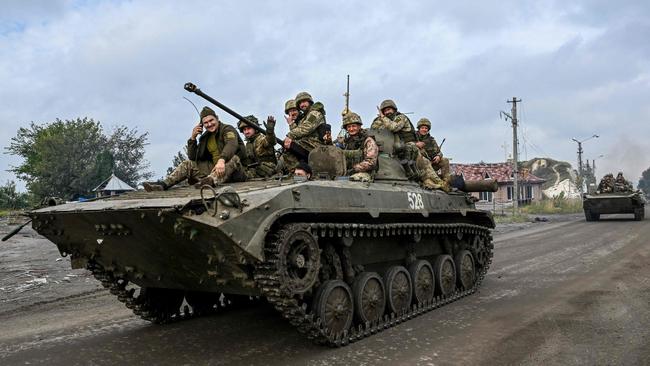
Russian failures also helped open the way for Ukraine’s advance in the Kharkiv region. When Ukrainian commandos slipped behind enemy lines last month, they were stunned to find Russian troops so unprepared.
At the end of August, drone teams and special-forces squads crept through forests and along treelines to probe for weak points. They were surprised by how relaxed Russian soldiers appeared, barely seeking cover from aerial surveillance. There were only a handful of armored vehicles in front-line villages.
The reconnaissance teams called in artillery strikes using Starlink – a US satellite system providing access to the internet – targeting ammunition depots, vehicles and personnel. Intelligence officers used radio intercepts and other surveillance to locate enemy positions. Drone pilots offered artillerymen a range of targets and sometimes called in strikes directly. Paratroopers and other assault units fanned out through villages, communicating on encrypted radios.
Russia’s military often had no internet or cellphone signal, and radios reached only a couple of kilometres.
Russian forces dug few trenches around positions in the Kharkiv region, allowing Ukrainian forces to quickly push toward occupied towns. In many cases, only land mines slowed the Ukrainians’ advance, including those they had laid themselves during their retreat five months earlier.
The Ukraine forces advanced roughly 80km within days, flushing thousands of Russian troops from northeastern Kharkiv. They avoided street fighting in urban centers, including the cities of Balakliya and Shevchenkove, by seizing villages around them, and then surrounding the Russians in small pockets, forcing them to withdraw.
Many Russians ran, leaving behind equipment as well as their dead and wounded. Unlike the Russians, Ukraine hasn’t bombarded cities, avoiding the hostility of residents, whose loyalties may be mixed.
Ukrainian troops pushed ahead to the Oskil River, cutting the main Russian supply lines from the north. Izyum, the largest city in the area, was nearly surrounded. Forces pressed from the south to block the last road out.
By September 10, the Russians had withdrawn, sometimes commandeering civilian vehicles to escape. Soldiers raced across fields in armored vehicles that got stuck, forcing a retreat on foot. Moscow said it was regrouping forces in the Donetsk region and called the hasty withdrawal an organized operation.
The Russians left behind hundreds of tanks, howitzers and fighting vehicles. Ukrainians got many of them running to use against their former owners.
“We didn’t have air superiority, we didn’t have superiority in firepower, we just had the proper conditions and exploited lower concentration of Russian troops, their lack of reserves and geography,” Mr Bielieskov said.
– Stephen Kalin and Ian Lovett contributed to this article.
– The Wall Street Journal







To join the conversation, please log in. Don't have an account? Register
Join the conversation, you are commenting as Logout